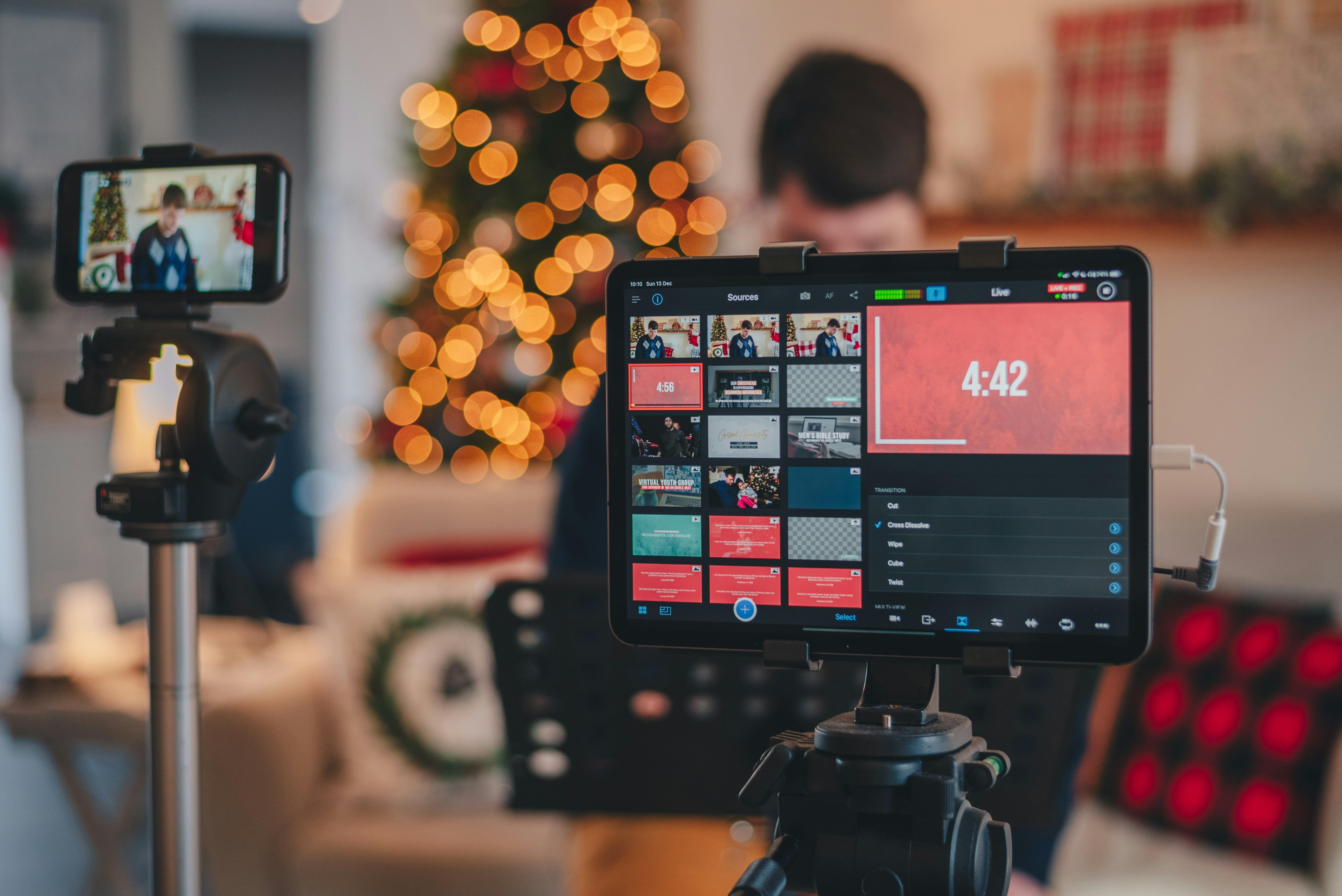In the ever-evolving world of cinema, the age-old romance between filmmakers and breathtaking locales faces a formidable new contender: virtual production. As digital landscapes grow increasingly sophisticated, directors and producers find themselves at a crossroads, pondering the future of storytelling. Should the allure of tangible settings yield to the limitless possibilities of virtual realms? This article delves into the heart of this cinematic conundrum, exploring the pros and cons of embracing digital innovation over traditional on-location shooting. Join us as we navigate this brave new world, where pixels and panoramas vie for the spotlight.
Virtual Sets vs. Real World: Exploring the Creative Boundaries
The debate between virtual sets and real-world locations often centers around creativity and flexibility. Virtual sets offer filmmakers the ability to craft worlds without the constraints of geography or weather, allowing for limitless creativity. With tools like LED walls and real-time rendering, directors can visualize scenes before filming, adjusting elements on the fly. This can lead to cost savings, as travel and logistics are minimized, and reshoots become less burdensome.
- Creative Flexibility: Customize environments with ease.
- Cost Efficiency: Reduce expenses related to travel and logistics.
- Real-time Adjustments: Modify sets during production.
Conversely, the real world offers authenticity that is hard to replicate. The textures, lighting, and ambiance of actual locations provide a tangible richness to storytelling. On-location shooting can also inspire actors, who draw energy from their surroundings, leading to more genuine performances. However, this approach can be unpredictable, with weather and permit challenges potentially causing delays.
- Authenticity: Capture the genuine essence of a location.
- Inspirational Environments: Enhance performances with real-world energy.
- Unpredictability: Navigate logistical and environmental challenges.
 Budget Considerations in Filmmaking”>
Budget Considerations in Filmmaking”>
Economic Efficiency and Budget Considerations in Filmmaking
In the realm of filmmaking, economic efficiency plays a pivotal role in decision-making processes. Embracing virtual production can lead to significant budgetary advantages. Cost savings emerge from reducing the need for travel, accommodation, and location permits, which can often inflate expenses. Virtual sets also offer the flexibility to create diverse environments without the logistical challenges associated with on-location shoots. This can result in a streamlined workflow, allowing filmmakers to allocate resources more effectively.
- Reduced Costs: Minimize expenses related to logistics and transportation.
- Flexibility: Modify sets with ease, adapting to creative needs without physical constraints.
- Time Efficiency: Accelerate production schedules by eliminating travel time and setup delays.
However, it’s essential to weigh these advantages against potential upfront investments in technology and training. The initial setup for virtual production can be costly, requiring state-of-the-art equipment and skilled personnel. Yet, as technology advances, these costs are becoming more accessible, allowing filmmakers to balance artistic vision with economic considerations efficiently.

Sustainability and Environmental Impact: A Greener Approach
The environmental benefits of virtual production are compelling, offering a more sustainable alternative to traditional on-location shoots. By utilizing digital environments, filmmakers can significantly reduce their carbon footprint. Transportation emissions, often the largest contributor to a production’s environmental impact, are minimized as cast and crew travel less. Furthermore, resource consumption is decreased since the need for constructing physical sets is reduced, saving on materials and energy.
- Reduced Waste: Digital sets eliminate the need for single-use props and materials.
- Energy Efficiency: Controlled studio environments allow for optimized energy use compared to varying on-location conditions.
- Conservation of Natural Sites: Preserving natural landscapes from the wear and tear of production crews helps maintain biodiversity.
Embracing virtual production not only aligns with a commitment to sustainability but also sets a new standard for environmentally conscious filmmaking. As technology advances, the potential to create stunning, immersive worlds without compromising our planet becomes increasingly achievable.
 Virtual Production“>
Virtual Production“>
Navigating Technological Challenges in Virtual Production
Virtual production presents a myriad of technological challenges that filmmakers must adeptly navigate to harness its full potential. One of the primary hurdles is the seamless integration of various technologies, such as LED volumes, real-time rendering engines, and motion capture systems. Ensuring these components work harmoniously requires a skilled team and often a steep learning curve. Additionally, the reliance on cutting-edge technology means filmmakers must stay updated with the latest advancements, which can be both time-consuming and costly.
Moreover, virtual production demands a shift in the traditional filmmaking workflow. Directors and crews must adapt to pre-visualization techniques and real-time decision-making, which can be daunting for those accustomed to the spontaneity of on-location shooting. Key challenges include:
- Resource Management: Allocating the right hardware and software efficiently.
- Skill Development: Training teams to use new tools and processes.
- Data Handling: Managing vast amounts of data generated during production.
Despite these challenges, the flexibility and creative possibilities offered by virtual production can be transformative, pushing filmmakers to innovate and rethink storytelling in unprecedented ways.

